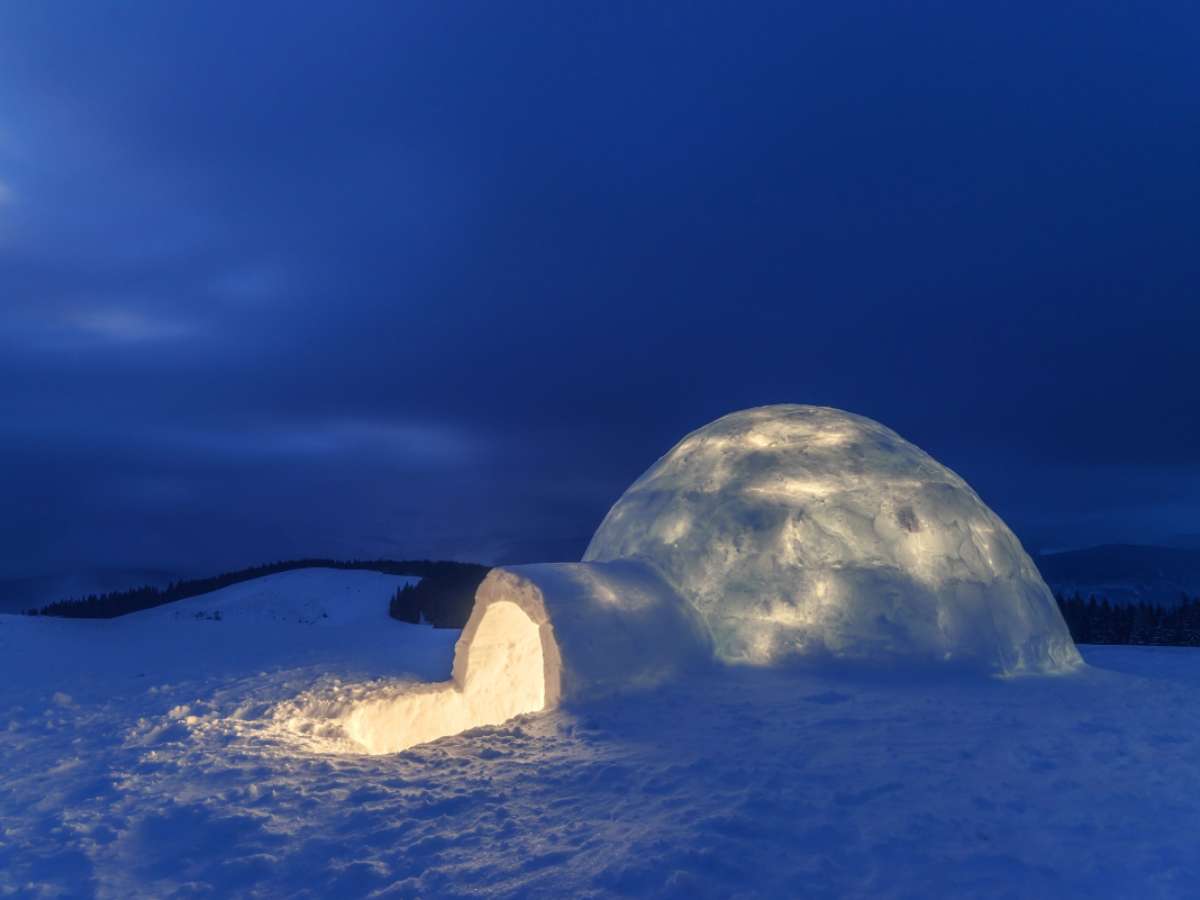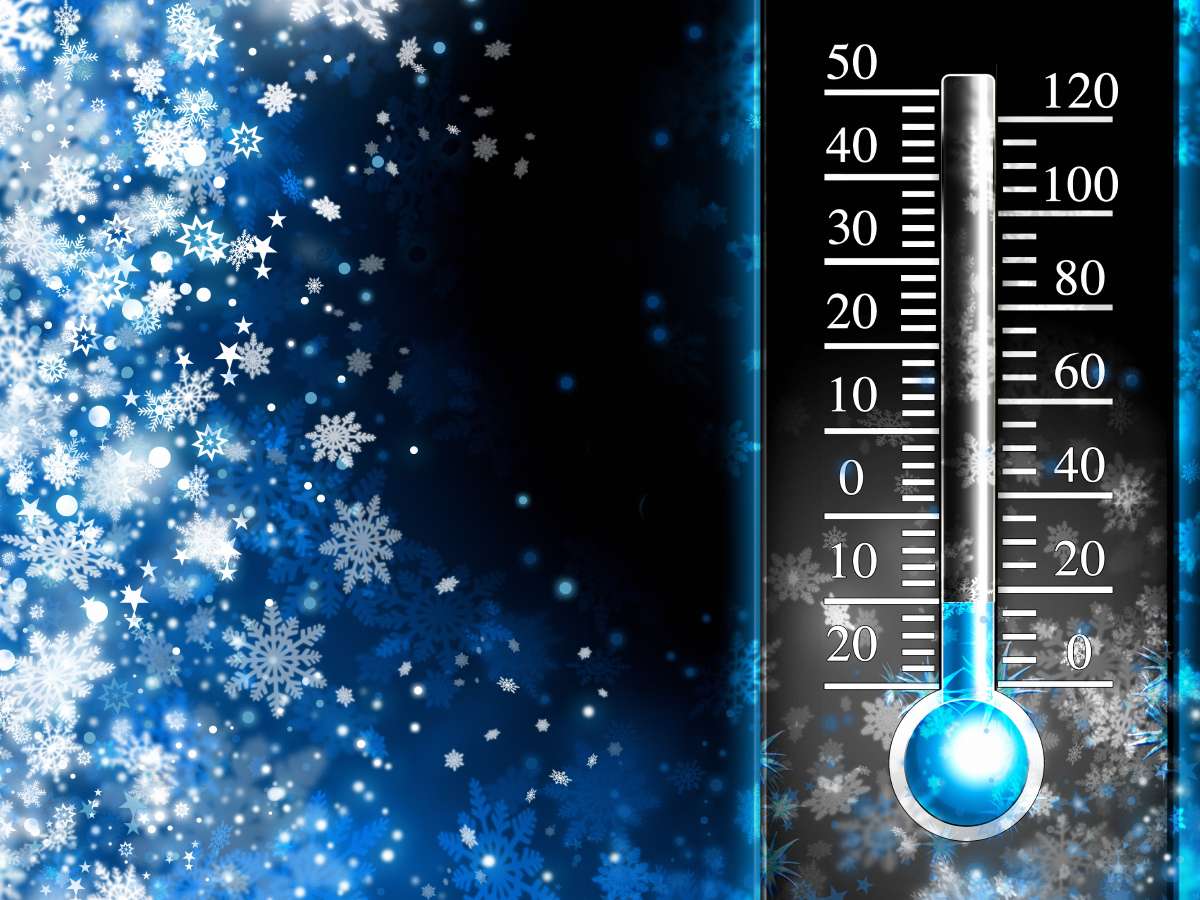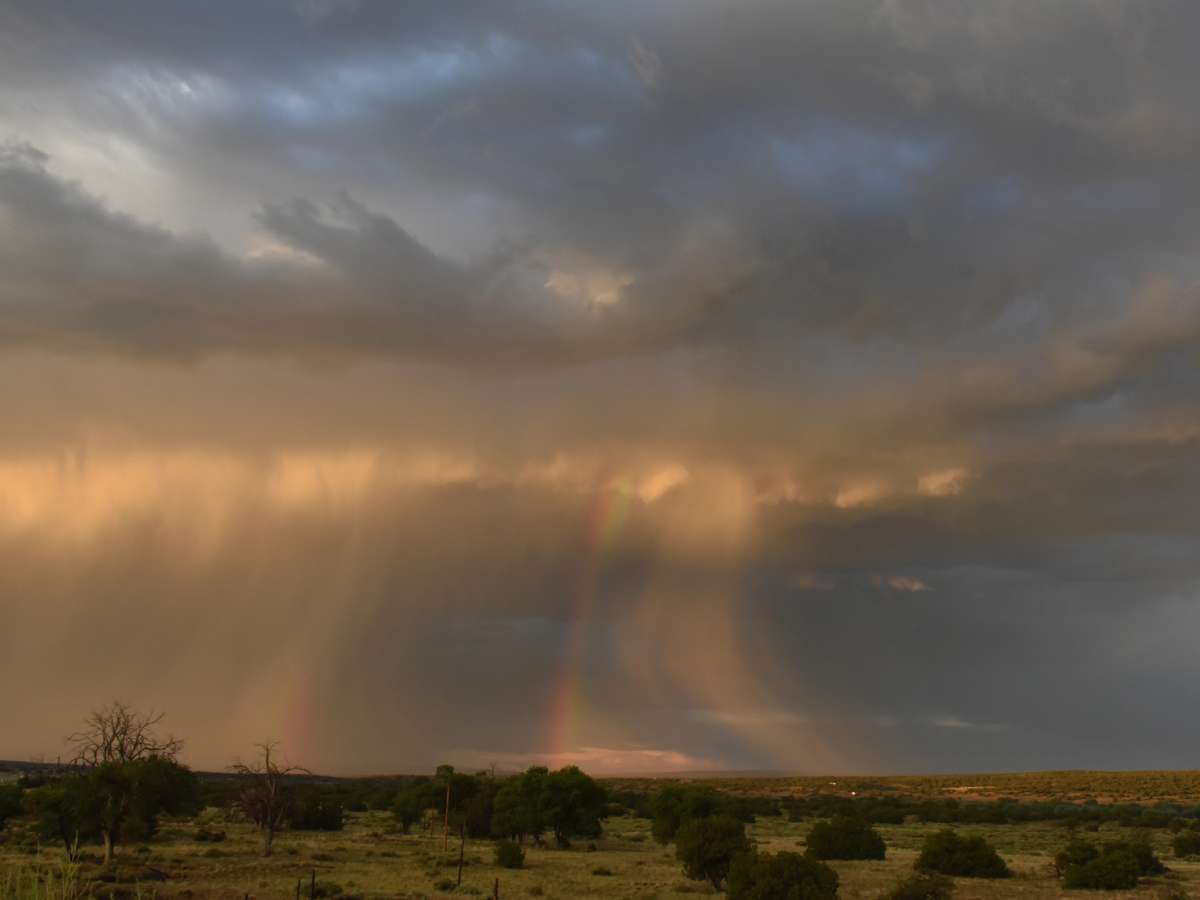High Air Pressure vs. Low Air Pressure
It’s a high pressure job! Actually, it’s a low pressure job too.
Being a weatherman, I’m talking about.
Here are the differences between high air pressure vs low air pressure in the world of weather.
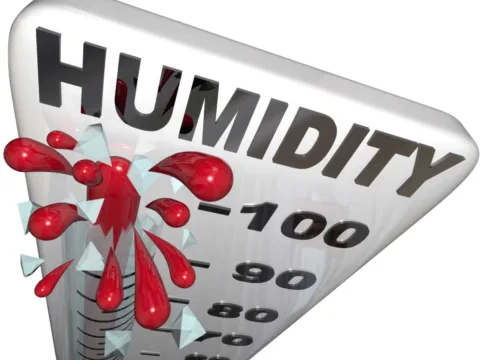
What Is High Pressure?
In reality, it’s the High Pressure days which are usually the sleepers. High Pressure is just a big mass of air covering thousands of square miles.
A “dome” of High Pressure, as we call it, is relatively uniform in temperature and humidity. The wind in the middle of High Pressure is barely blowing. So, when High Pressure moves in, it’s time for a nap!
When I visit schools to teach kids about the weather, I refer to the big “H” on the weather map as “Happy Weather!” The sun is out there, and the sun is always smiling. He (or she) is happy!
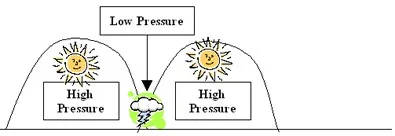
What Is Low Pressure?
Now Low Pressure… that’s different!
Low Pressure weather days are the ones which create the most pressure in the weather office. We work a lot harder when Low Pressure moving in because Low Pressure is usually accompanied by some “Lousy Weather.”
Low Pressure is the boundary between two “domes” of High Pressure. Think of it as cleavage. Where the two domes collide, we get fireworks.
The bigger the difference in the two air masses (areas of high pressure) — the Lousier the weather is likely to be on the boundary (the area of Low Pressure).
So, when there’s high pressure outside, it’s a relaxing day inside, no pressure at all. When the pressure begins to drop outside, our headaches begin inside. Got it?

